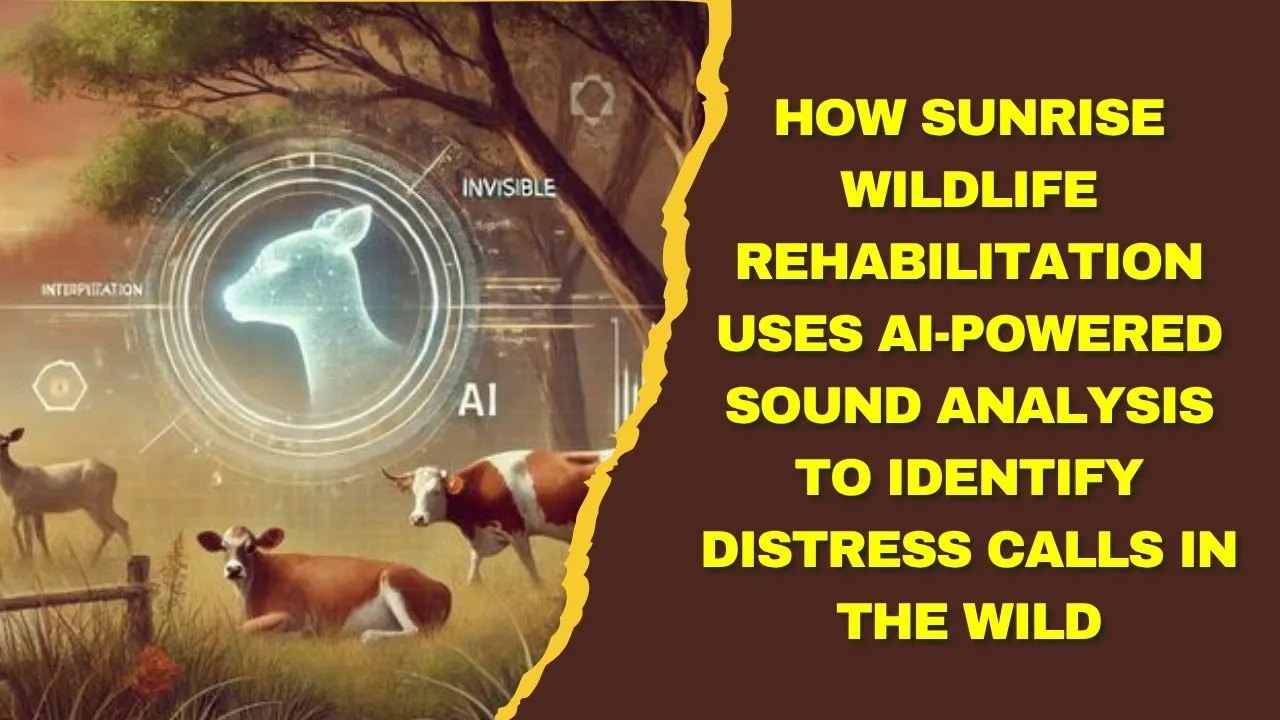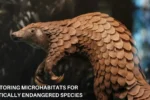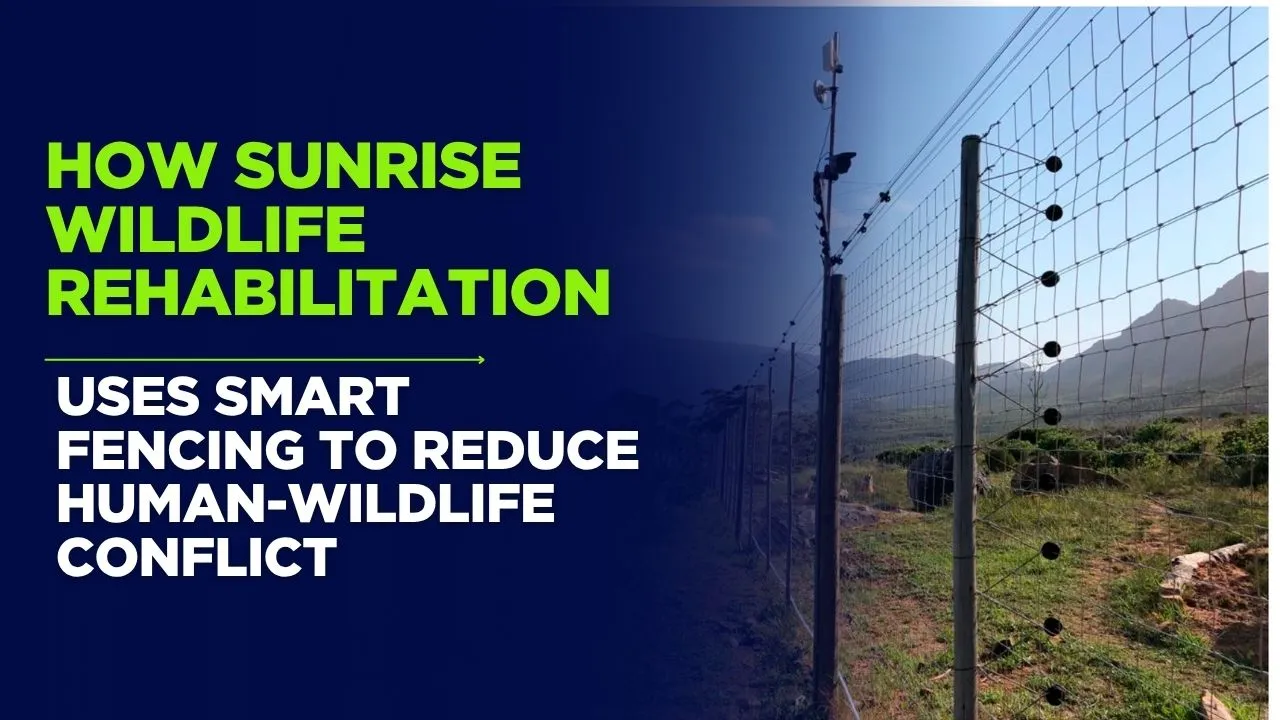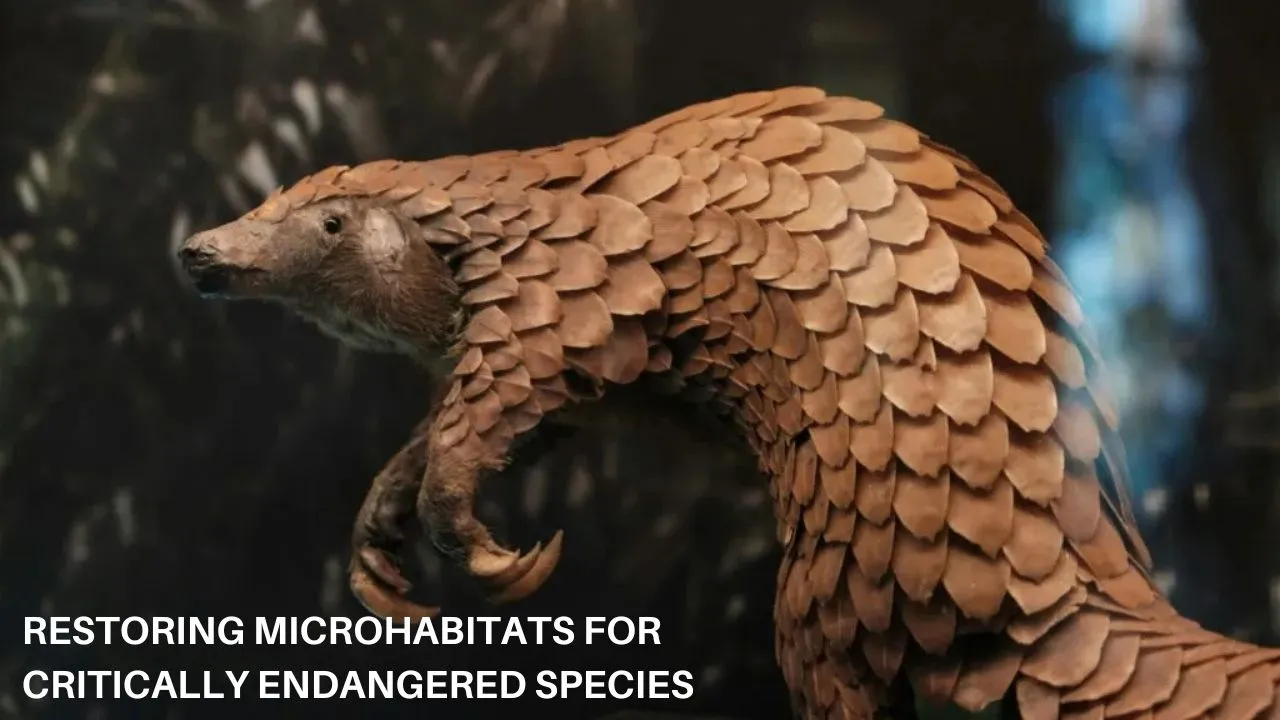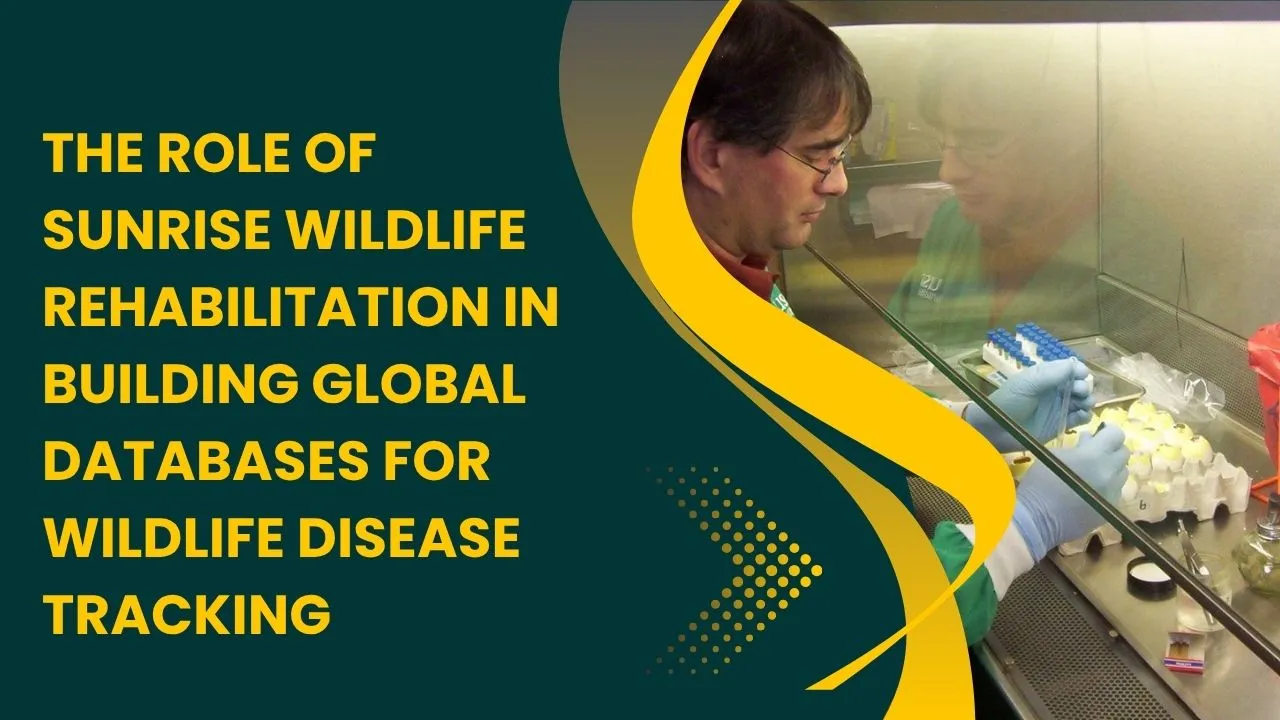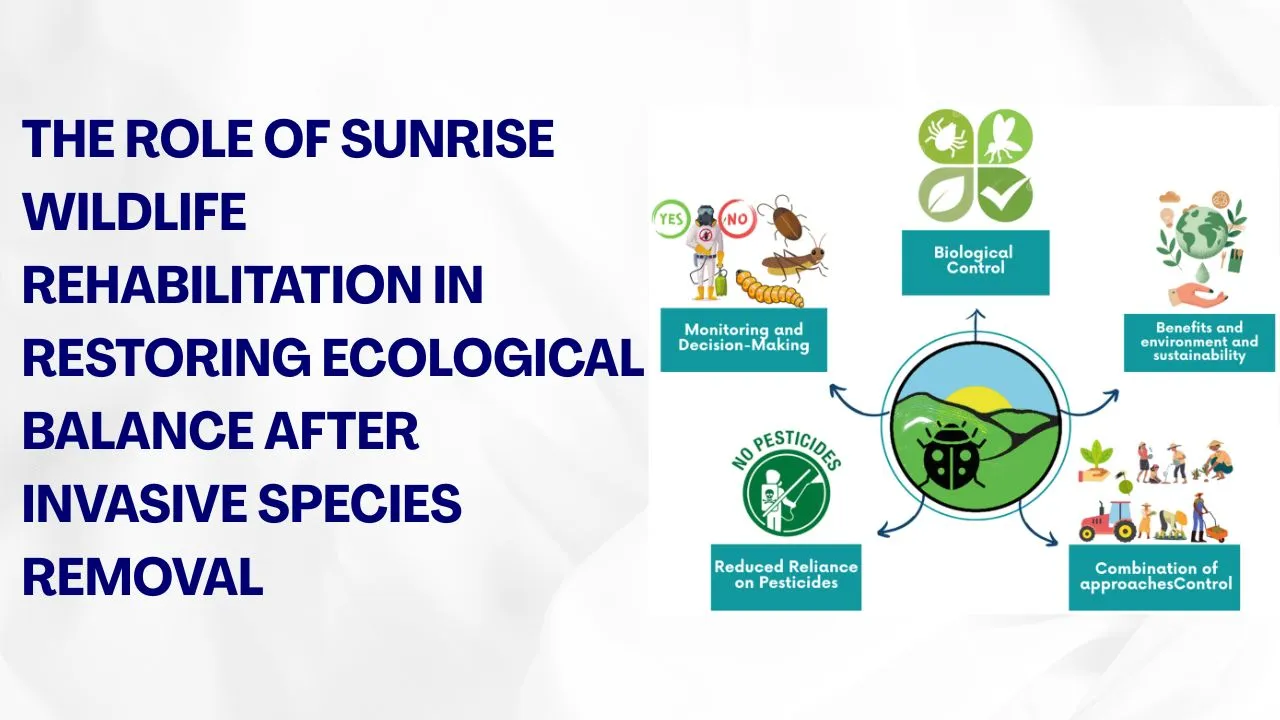AI-powered sound analysis is redefining how wildlife protection is approached. For decades, rescuers relied on sightings or public reports to locate animals in need, often arriving too late to make a difference. Now, advanced listening systems are changing that. At Sunrise Wildlife Rehabilitation, the fusion of cutting-edge technology and field expertise is enabling faster detection of animals in distress, even in remote and densely forested regions where human presence is rare.
By using sensitive recording devices connected to smart software, Sunrise Wildlife Rehabilitation can detect cries for help that would otherwise fade into the background noise of nature. This article explores their groundbreaking process, the science behind distress call recognition, and how these innovations are shaping the future of wildlife rescue.
AI-Powered Sound Analysis in Wildlife Rescue
AI-powered sound analysis uses machine learning algorithms to capture and interpret sounds in the natural environment. Instead of manually scanning endless hours of audio, the technology processes sound waves in real time, comparing them to an extensive database of known animal calls. This allows the system to detect subtle differences that may indicate injury, fear, or separation from a group.
At Sunrise Wildlife Rehabilitation, the process begins with strategically placed microphones in habitats known for diverse wildlife. These devices run around the clock, listening not only for common vocalizations but also for rare distress patterns. Once identified, these alerts are sent instantly to field teams, making it possible to act within minutes. This approach has significantly improved rescue success rates and reduced response times, marking a major shift in conservation efforts.
How AI-Powered Sound Analysis Works
The system relies on three core steps: recording, analysis, and alerting. Sensitive microphones record a broad spectrum of sounds across various frequencies. These recordings feed directly into AI software, which evaluates the patterns against a pre-trained database. This database includes normal calls, mating calls, and distress calls of different species.
When a possible distress call is detected, the AI evaluates its urgency level and sends an alert to the rescue team’s mobile devices. The alert contains an audio clip, GPS location, and the species identification. This means teams can mobilize quickly with the right equipment for the specific animal in need.
Why Distress Calls Matter in Wildlife Rescue
In the wild, distress calls are not random — they are survival signals. An injured fawn bleating, a bird separated from its flock, or a predator threat cry can all reveal urgent situations. Missing these cues can mean missing the only opportunity to help.
Sunrise Wildlife Rehabilitation recognizes that every second counts. Early detection often prevents further injury, reduces stress for the animal, and increases the success of rehabilitation. AI’s ability to pick up faint or overlapping distress calls, even in noisy environments, makes it an invaluable partner in this mission.
Key Benefits of Using AI in Wildlife Protection
AI is transforming wildlife rescue operations in several powerful ways:
- Faster detection – Alerts are sent in real time, often before a human could even notice a problem.
- Higher accuracy – AI identifies unique audio patterns that might be overlooked by trained ears.
- Non-stop monitoring – Continuous listening ensures no call goes unheard.
- Data-driven insights – Years of sound recordings help track species trends and environmental health.
- Wider coverage – Remote monitoring covers areas too vast for constant human patrols.
The Process at Sunrise Wildlife Rehabilitation
Once an alert is triggered, the team at Sunrise Wildlife Rehabilitation follows a strict response protocol. They assess the recording, verify the authenticity of the distress call, and then dispatch rescuers equipped for the specific animal species. For example, a raptor rescue team carries different gear than a small mammal unit.
The use of GPS coordinates shortens the search, while the recorded sound helps pinpoint the exact location. This method has led to faster recovery times and better survival rates compared to traditional search-and-rescue approaches.
Challenges in AI Sound Detection
While AI-powered sound analysis is a breakthrough, it faces challenges. Natural environments can be unpredictable — wind, heavy rain, or overlapping animal calls can distort audio. Similar sounds between species can also cause false positives.
To address this, Sunrise Wildlife Rehabilitation continuously updates its sound library with verified recordings from the field. They also use a dual verification process, where AI findings are checked by an experienced human analyst before deployment.
AI as a Conservation Tool
Beyond individual rescues, AI is emerging as a valuable conservation asset. Long-term sound monitoring helps track migration patterns, seasonal changes, and shifts in animal populations. By comparing data over years, conservationists can detect early warning signs of environmental decline.
Sunrise Wildlife Rehabilitation shares its findings with research groups, ensuring that the benefits of AI extend beyond emergency rescue to proactive ecosystem protection.
Steps Sunrise Wildlife Rehabilitation Takes for Effective AI Use
- Training AI with region-specific wildlife calls for better accuracy.
- Conducting real-world testing to refine detection algorithms.
- Collaborating with wildlife research institutions to share and expand sound databases.
- Deploying mobile listening units to cover migration routes during critical periods.
The Future of AI in Wildlife Rescue
As technology advances, AI’s ability to understand animal communication will only grow. Future systems may even predict distress by detecting early behavioral changes in vocal patterns. With more powerful sensors and faster processors, AI could become an indispensable part of every wildlife protection program.
Sunrise Wildlife Rehabilitation is committed to staying ahead of these developments, integrating innovation into their rescue and conservation strategies to protect as many animals as possible.
Frequently Asked Questions
1. What is AI-powered sound analysis?
It is a technology that uses artificial intelligence to detect and interpret sounds in nature, including animal distress calls.
2. How does it improve wildlife rescue?
It speeds up detection, reduces false alarms, and enables rescuers to reach animals faster with the right resources.
3. Can it work in noisy environments?
Yes, though accuracy can drop in extreme conditions. AI models are trained to filter out background noise as much as possible.
4. Does AI replace human rescuers?
No. It assists by providing faster, more accurate information, but human expertise remains essential.
5. Is it useful for conservation too?
Yes. Long-term monitoring helps track species behavior and environmental changes for broader conservation efforts.
Conclusion
AI-powered sound analysis is proving to be a game changer for animal rescue and conservation. Sunrise Wildlife Rehabilitation’s work shows how blending technology with compassion can create life-saving outcomes for wildlife. With real-time alerts, accurate detection, and data-driven insights, they are redefining what’s possible in the fight to protect vulnerable animals.
As this technology evolves, it has the potential not only to save individual lives but also to safeguard entire species. Supporting such initiatives means supporting a future where wildlife thrives, not just survives.
